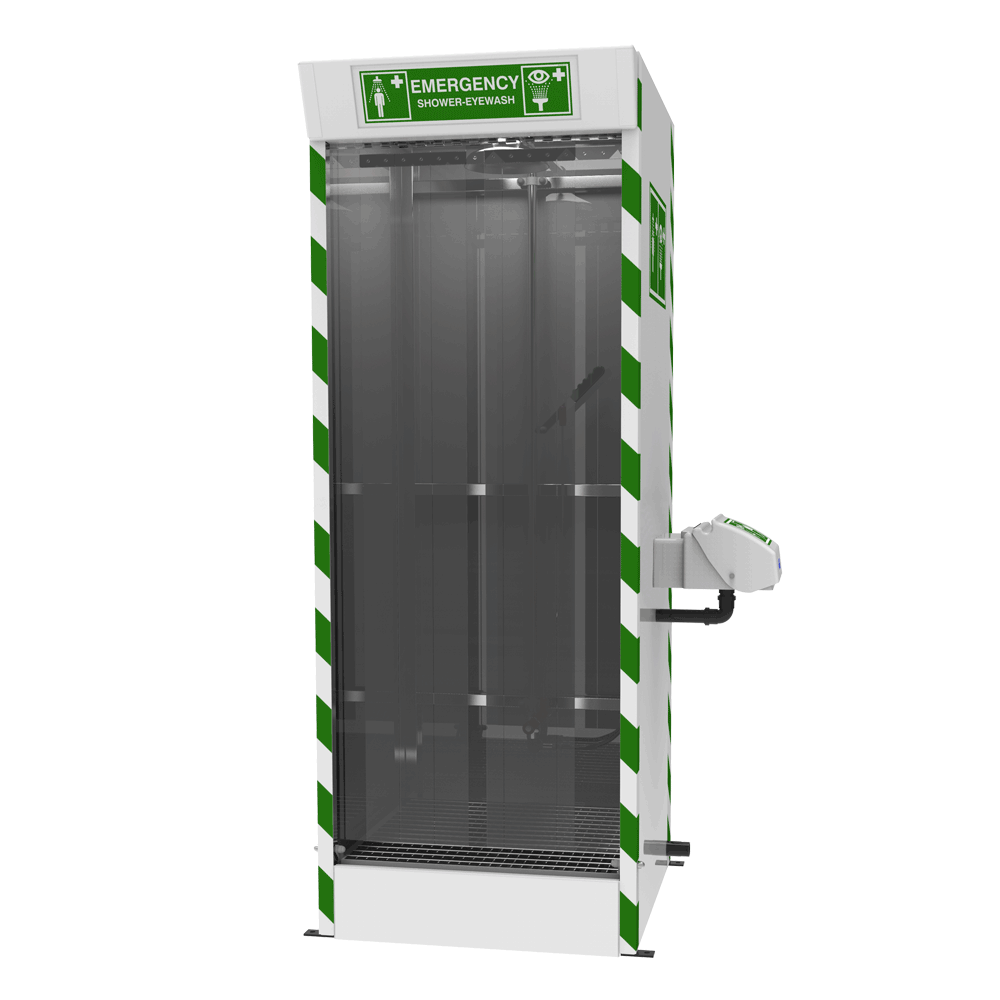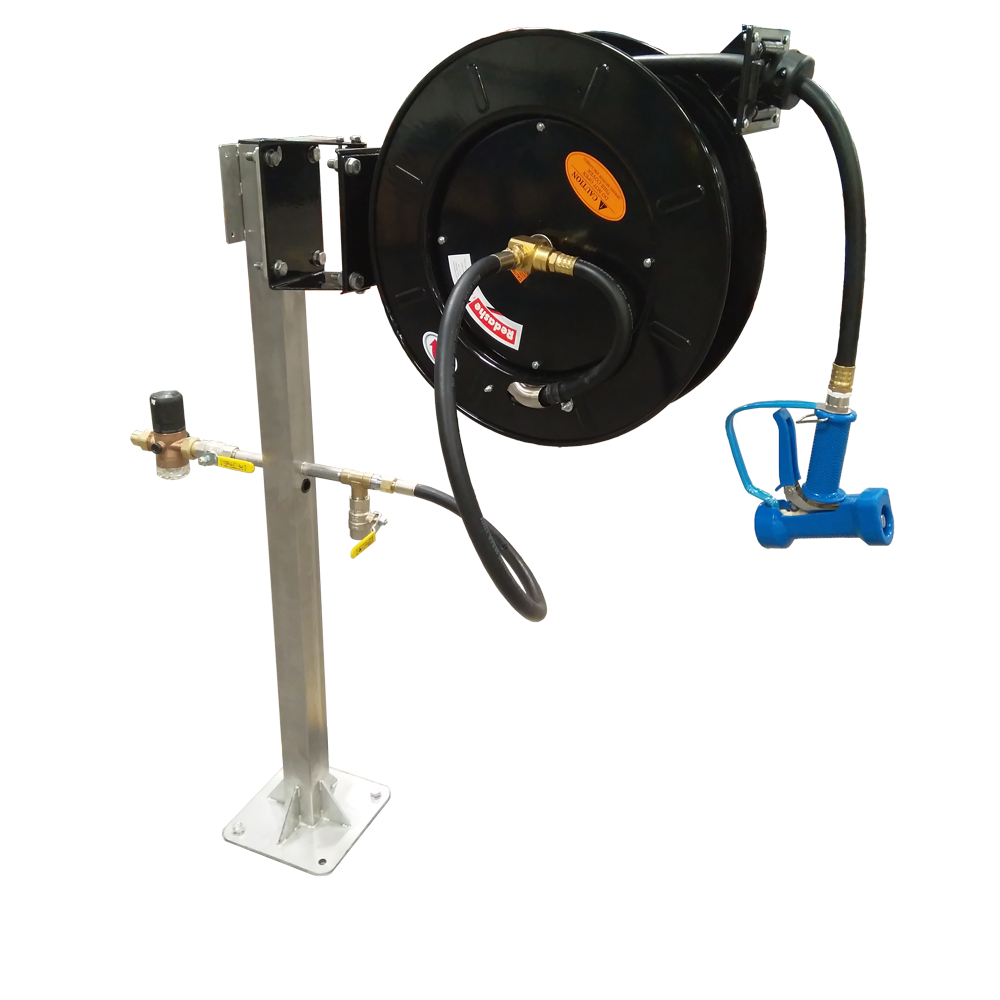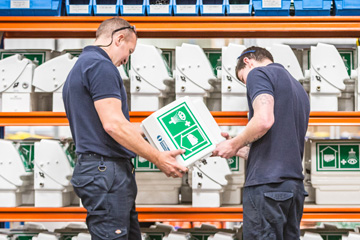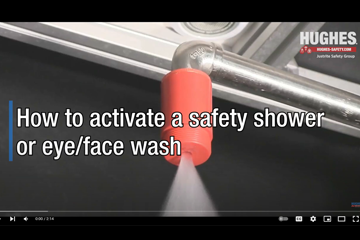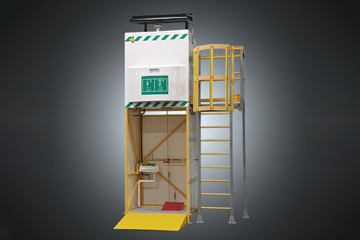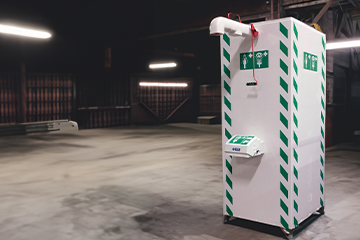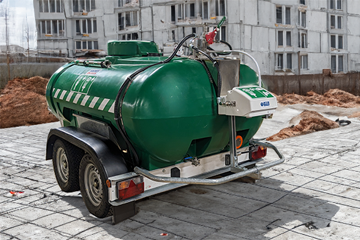Enquiry List () (0)
- 1 Oct 2021
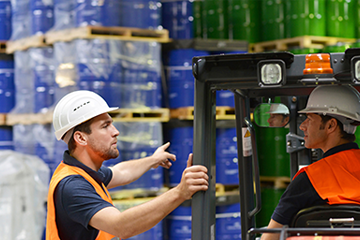
Mitigating the risks of storing and transporting harmful chemicals

There are very specific rules and guidelines around the storage and transportation of dangerous substances. From the material of the vessel through to the temperature of the room the chemical is stored in, it’s essential that employers mitigate the risks to ensure the safety of employees, the public and property.
To implement the correct safety precautions and procedures, employers must understand the guidelines and regulations surrounding the materials they are supplying and storing. Much of this information can be found on the safety data sheet (SDS) that is supplied with the hazardous material, and within the Control of Substances Hazardous to Health (COSHH) regulations.
Where more than one hazardous substance is stored, there must also be consideration for the disparate handling or storage requirements of each chemical. Site risk assessments should also take into account the danger posed if the stored chemicals come into contact with each other and ensure appropriate safety measures are in place.
Automated processes combined with ventilation and environmental control systems can help create a safer environment, for example a fire suppression system and/or fire extinguishers for small chemical fires.
Ensuring there is the correct safety equipment on site is of upmost importance to protect the safety of your workforce. Safety showers and eye washes should be placed within easy reach when working with hazardous chemicals to lessen the impact of a spill or splash on a casualty.
Managing loading and unloading
Loading and unloading hazardous materials is a delicate operation which must be handled with the utmost care. Vehicles containing these materials should not be parked for too long, to limit the potential for accidents.
Before goods arrive on site they are assessed as part of a receipt procedure to determine the hazards they pose. From this assessment, a decision is then made as to where they should be stored in accordance with the appropriate regulations and recommendations. Areas will be clearly marked to show the types of substances that can be stored in them.
Any vehicles containing packaged dangerous goods need to be parked in a safe place during loading or unloading. A risk assessment should consider the chance of a collision that may result in spillage. Drive-in spill containment berms can be deployed to ensure any leak or spill is contained to avoid harm to employees or the environment.
Storage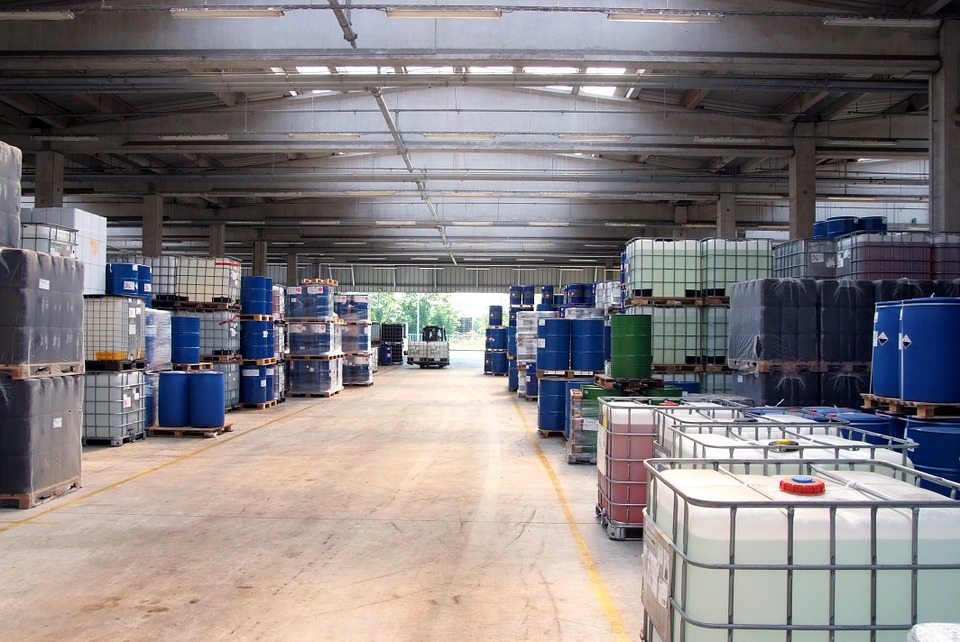
Regular safety inspections and frequent risk assessments must be safely managed. The storage of dangerous substances can pose a risk to people working within the storage site, the emergency services in the event of an incident, the general public and the environment.
COSHH regulations and the SDS for the specific hazardous material should always be referred to in the first instance when considering the health and safety precautions and procedures. Further considerations apply in all cases:
- All containers should be stacked in a safe manner that facilitates ease of handling and visibility in case of leaks.
- The storage area should not be used for activities that make spills more likely, e.g. dispensing, mixing, and processing.
- Spillages must be cleaned up promptly and material disposed of safely, in accordance with regulations.
- All employees who enter the storage area need to be aware of the risks, be provided appropriate PPE and trained in the safety procedures in the event of a spill or splash.
- Workers must also be aware of permissible exposure limits (PELs), which detail the maximum chemical exposure levels workers should handle and can be found on the SDS.
Providing peace of mind with safety showers
To ensure that your facility conforms to health and safety guidelines and workers remain safe, it’s important to invest in EN and ANSI compliant showers and eye/face wash equipment. Both the EN 15154 and the internationally recognised ANSI Z358.1-2014 provide uniform minimum requirements for the performance, use, installation, testing, maintenance and training of emergency safety shower and eyewash equipment.
It is essential that chemicals are immediately flushed from clothes, skin and/or eyes in the event of a splash. To ensure there is no delay in treatment safety shower and eye wash equipment must be placed within 20 metres, or 10 seconds reach, of the chemical hazard.
This decontamination equipment must be clearly visible and the path to it free of obstacles to ensure that a casualty has quick and easy access. All relevant employees and visitors must be trained in their use and made aware of their location.
Which showers or eye/face wash equipment are appropriate for your facility?
Self-contained and resilient, emergency tank showers are often the simplest and most comprehensive way to stay compliant. For storage facilities, where the water supply may be unreliable, tank showers can provide a guaranteed EN and ANSI compliant flow rate. With added optional fittings, you can also guarantee the provision of tepid water as recommended by EN and ANSI standards.
For use outdoors in climates with a minimum ambient operating temperature of -20°C, jacketed and heated shower models are designed to prevent the possibility of the water inside the shower freezing.
If plumbing is not an issue, an indoor combination shower is a simple, effective solution. They suit the requirements for permanent plumbed-in units, incorporating a fast, easy grip pull-handle shower activation for ease of use in an emergency. Our cubicle indoor showers contain the water spray and have an optional sump that can collect any contaminated water. Hughes also manufacture ceiling, wall, and over-door mounted shower models, designed for environments where space is at a premium.
The STD-40K/45G range of mobile self-contained emergency safety showers incorporate a polypropylene lined cylinder, a stainless steel frame and large pneumatic tyres, making it easy to manoeuvre by one person. They enable rapid response within 10 seconds of a hazard, making them ideal for warehouses and logistic centres, where it may not be possible for plumbed-in units to be installed consistently throughout a facility.
Mobile emergency safety showers are essential for standby use in environments where no water supply is available, a constant supply of water cannot be relied upon or when existing safety showers are undergoing maintenance. They should be used as a secondary safety measure to supplement permanent units.
Designed to reduce injuries when chemicals are splashed in the face and eyes, our extensive range of eye/face wash equipment includes plumbed-in models for locations with a reliable water supply, and self-contained units for environments unsuitable for fixed installations. Our lidded eyewash models stop external pollutants such as dust and debris from damaging the eye wash diffusers.
Once you’ve decontaminated or if there has been a spill or splash, the area will need to be washed down. The Hughes pedestal mounted hose reel features a high-performance spring rewind for ease of use and storage, the perfect partner to any emergency safety shower.
If you store or transport hazardous substances, the law requires you to manage them effectively and mitigate the risks associated with them. Ensure you are well versed in the regulations surrounding the materials stored at your facility and that you have appropriate and effective safety precautions in place, part of which is ensuring you have the correct safety shower equipment in the right location.
For advice on the most suitable solution for your application or to request a quote, contact us today.




